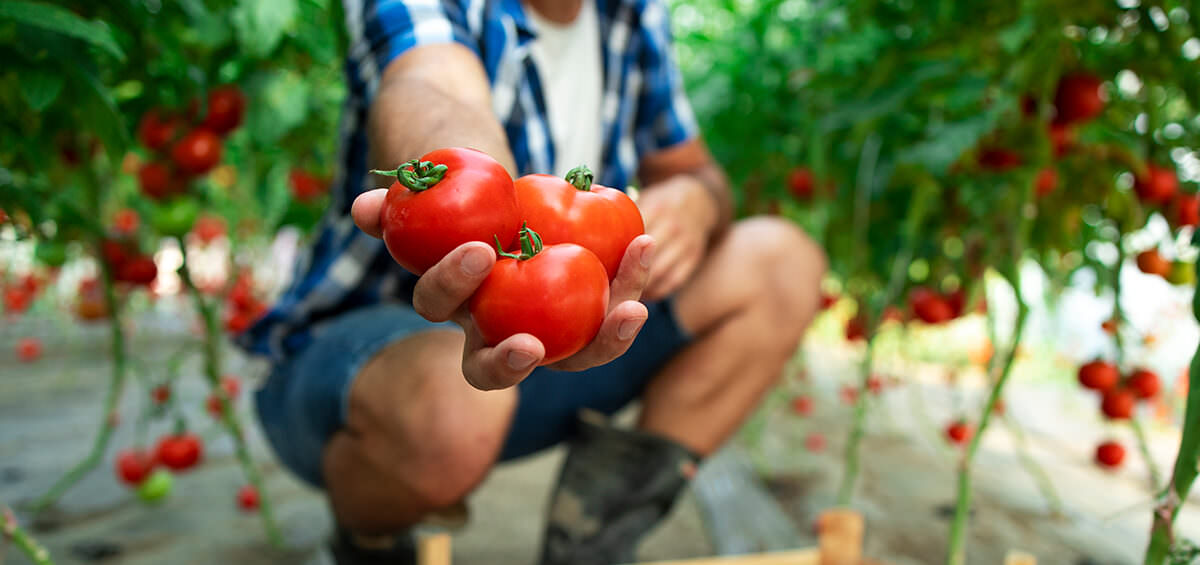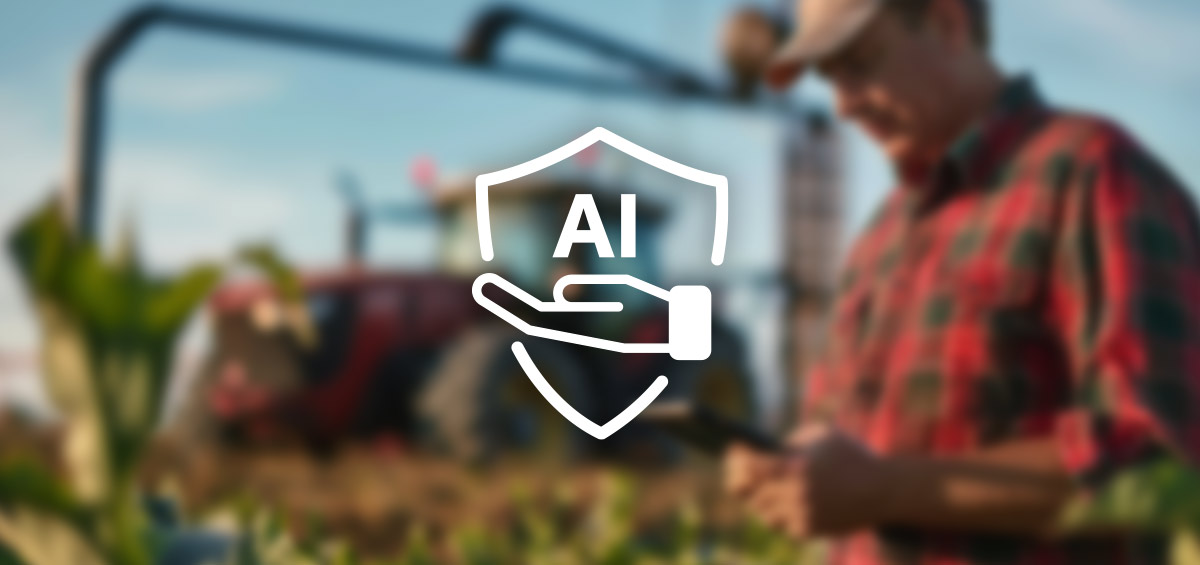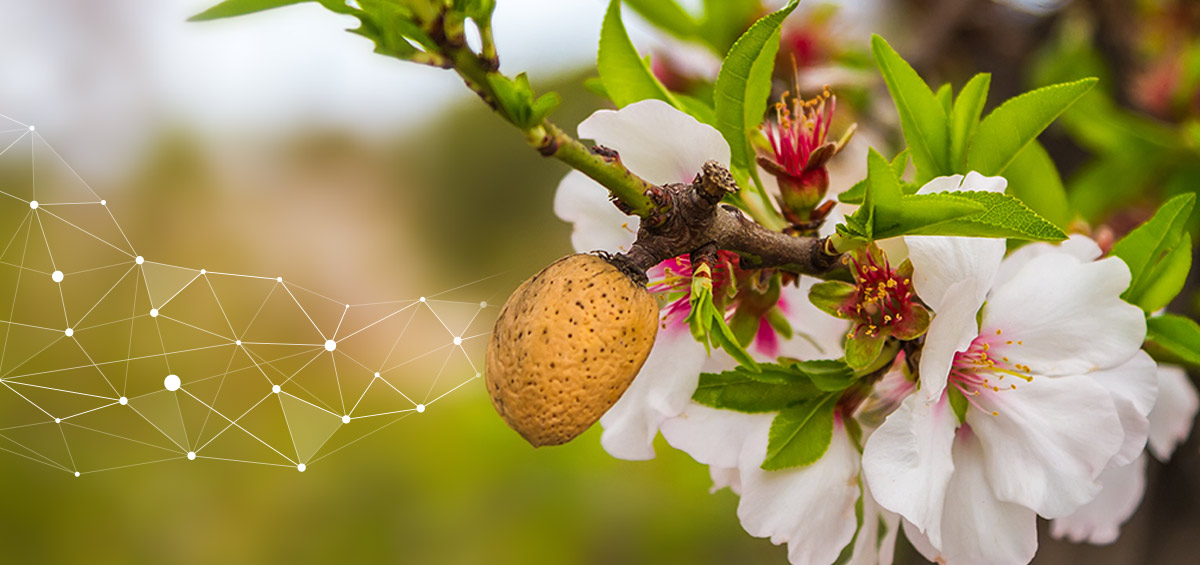Experts state that seed quality often directly correlates with a farmer’s crop yield. High-quality seeds are superior to other seed varieties in physiological purity and are usually free from seed-borne diseases. For those unfamiliar with the agricultural industry, you can determine seed quality through a combination of environmental and genetic factors.
If agriculture industry leaders deliberately overlook seed quality, there can be devastating consequences, including the following: food insecurity, tanking farm profits, and spiking produce costs. With these high stakes in mind, it’s worth investing in a high-quality seed. Otherwise, we should prepare for a domino effect of financial instability down the farm-to-consumer supply chain.
While deciding on the seed type utilized lies within a farmer’s jurisdiction, forces out of farmers’ control, such as climatic changes, can impact the seed’s quality. Much like climatic shifts, sudden disease outbreaks can also have a tremendous impact on a farmer’s crop yield. For instance, the COVID-19 pandemic has significantly affected global crop production and interfered with the farm-to-consumer supply chain.
Although the coronavirus doesn’t directly alter soil composition or inhibit crop growth, mandatory quarantine procedures have radically transformed our eating habits. Since medical professionals consider indoor dining to be a high-risk activity, the average person’s dependency on conventional grocery stores has skyrocketed, modifying the supply chains used.
Additionally, with unemployment at an all-time high, consumer’s weekly spending budgets have plummeted. With less money to spend, the demand for produce and dairy products faces an unfortunate downward spiral, causing farmers to lose profits. To combat these adverse effects, farmers should consider investing in high-quality seeds to improve their crop yield and alleviate the burden of worrying about poor crop health.
For example, pollinator blends from reputable providers like Nature’s seed can generate the ultimate pollinator habitats. Because we depend on these pollinators for a third of our food production, high-quality pollinator seed mixes are a must.
Are you curious as to how a higher-quality seed variety can improve crop yield? If so, read on.
Characteristics of high-quality seeds
Before we jump into how these seeds can increase crop yield, it’s essential to understand the main attributes of high-quality seeds. For one, a high-quality crop seed must have the required degree of physical purity while maintaining the desired genetic purity. In layman’s terms, foundation seeds must be at least 99.5 percent genetically pure. On the other hand, breeder seed should be 100 percent; certified hybrid castor – 85 percent; certified hybrid seeds – 95 percent; certified hybrid cotton – 90 percent genetic purity.
Quality seed is free from designated diseases
One can define designated crop diseases as those diseases spread by planting infected seeds. These pathogens may cause seed contamination, resulting in lesions on petioles, pods, flowers, leaf tips, and margins. Some of these seed-borne diseases include grain smut of pearl millet, the early blight of tomato, and Kernel smut of sorghum. Loose smut of wheat, Ergot of Bajra, and the little leaf of brinjal.
Low-quality seeds are mostly affected by these diseases, which can lead to low crop yield. In contrast, high-quality seed varieties are free from seed-borne diseases, leading to increased crop production. With optimal crop production, struggling local farmers can satisfy consumer demand with greater ease.
High-quality seed varieties are free from weed seed
Farmers should expect to find unwanted, harmful weed seeds buried in their crop seed supply. Most of these weed seeds resemble crop seeds in size and shape, making it difficult to distinguish the two.
While seemingly harmless, these weed seeds usually compete for crop resources, affecting your crops in many ways. In some cases, these weed seeds can poison animals/human consumers and act as an alternative host for various diseases and pests. Examples of these weed seeds may include Convolvulus arvensis, wild paddy, wild lettuce, and Wild cucurbits spp.
When purchasing your seeds, it’s crucial to consider its purity. Often, experts assess a seed’s purity by the level of unwanted substances present in the crop seed. Harmful materials such as inert matter, unwanted crop seed, and weed seed can reduce the seed quality, affecting harvest quantities and increasing production costs.
Remember that if you buy crop seed that isn’t properly conditioned, you may need to purchase herbicides to keep potential weeds and pests at bay. Be sure to factor these additional costs into your budget.
High germination and vigor
Seed germination tests examine the seed’s ability to grow into a sturdy plant when planted under favorable conditions. These tests are often performed for a predetermined time under laboratory conditions to ensure optimum temperature, light, and moisture.
Seeds that have low germination are usually less vigorous because of seed deterioration. Moreover, seed deterioration leads to the loss of viability, causing crop seeds with low germination to be less vigorous. Similarly, seeds with poor germination produce weaker seedlings, reducing average crop yields. It’s essential to note that you can’t associate low vigor with select seed species, especially the native grasses characterized by inherently low germination.
Free from other crop seeds
Depending on the weight percentage of other inseparable seeds in your crop seed, your crop yield may suffer at the hands of these different seed varieties. If not adequately contained, farmers will often cultivate unwanted seeds in the seed fields, as they are often similar in appearance and hard to separate mechanically.
In most situations, farmers will notice this mixture when the seeds germinate and mature. Unfortunately for those in the agriculture industry, those other crop seeds can compete for your crop seed resources, affecting crop production.
Final word
For that matter, when buying high-quality seed, ensure you purchase it from a reputable seed provider with the necessary experience in producing and conditioning seed stocks. During seed production, ensure appropriate isolation, adequate fertilization/water usage, and timely harvest. Following these steps can result in quality produce and increased yield.




